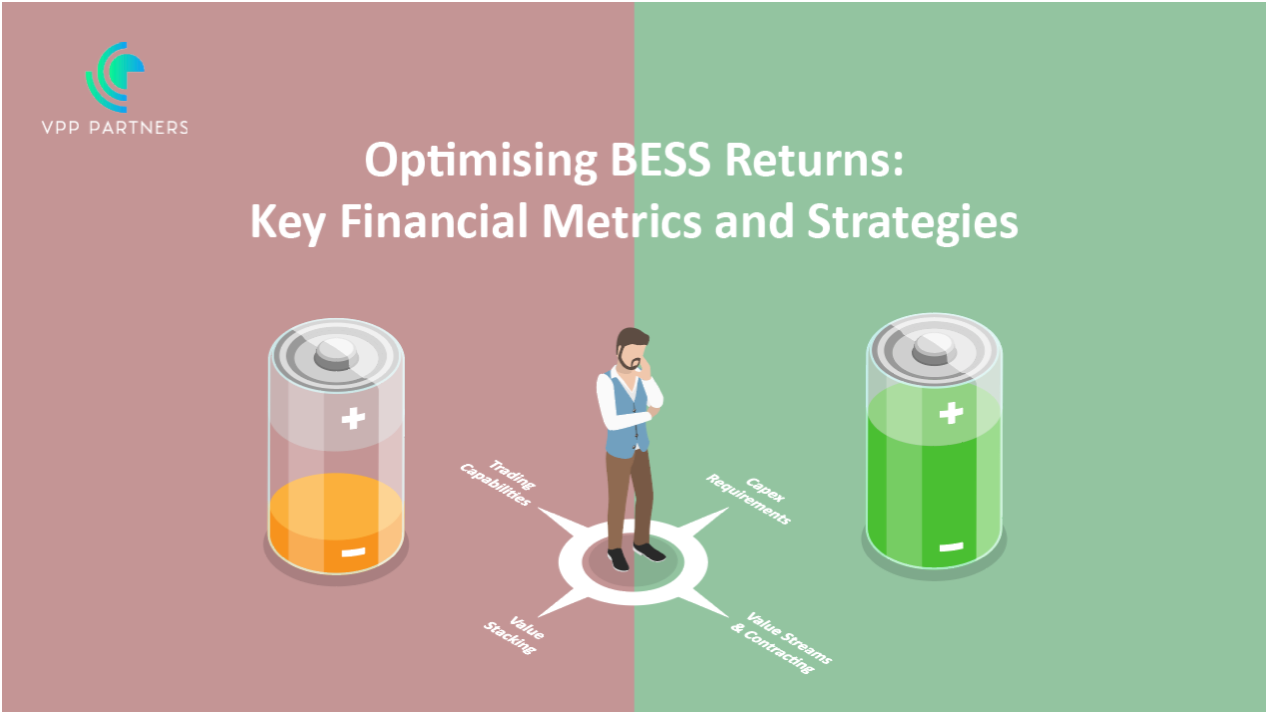Creating a Standardised Rating System for Securitised DER Portfolios: Lessons from the Bond Market
As distributed energy resources (DERs) like rooftop solar, energy storage, and EV infrastructure grow and attract more capital, the industry faces unique challenges in securitizing and rating these assets. Investors looking to get into DERs face significant costs and complexities in conducting due diligence across thousands of geographically dispersed assets. This fragmentation is quite different from traditional energy investments in centralized power stations, which are easier to assess due to their single-location nature.
The solution might be found in a familiar approach from financial markets: a standardized rating system similar to what the bond market uses. By establishing ratings based on cash-flow stability, portfolio quality, and geographic diversity, the DER sector can create transparency, reduce due diligence costs, and make securitized DER portfolios a more accessible and standardized asset class. In this article, we’ll explore how adopting bond-market-style rating mechanisms could enhance the DER securitization landscape.
The Power of Ratings: Lessons from the Bond Market
The bond market is one of the world’s largest and most liquid financial markets, attracting trillions of dollars in investment annually. One reason for its success is its transparent, universally accepted rating system, ranging from “A grade” or investment-grade bonds to high-yield “junk” bonds. This rating system, developed by agencies like Moody’s, S&P, and Fitch, standardizes asset assessments, allowing investors to easily compare bonds based on creditworthiness, expected return, and risk.
This universal rating system has lowered transaction costs for investors in bonds by reducing the need for extensive due diligence. Investors rely on these ratings to gauge risk, allowing for efficient capital allocation without having to assess each bond individually. This transparency and ease of comparison have enabled the bond market to grow and become a mainstay in both public and private investment portfolios.
The Distributed Nature of DER Portfolios: Complexity and Challenges
Unlike a bond or centralized power station, a distributed energy portfolio could comprise thousands of assets in varied locations, each with its own unique performance profile, customer type, and regulatory considerations. The sheer scale and dispersed nature of DER portfolios create high due diligence costs and operational complexity. Each asset within the portfolio contributes a small portion to the total cash flow, but their individual performance and risks are harder to assess.
The absence of a standardized, widely accepted rating system means investors must perform labor-intensive analyses on each DER portfolio to evaluate potential risks and returns. This complexity increases transaction costs, which can dampen interest in investing in these portfolios and limit the liquidity of securitized DER assets.
Developing a DER Rating System: Key Components
The bond market’s rating system provides a valuable template for DER portfolios. Here’s how a similar approach might work:
- Cash Flow Stability: Rating agencies assess bonds based on the borrower’s ability to maintain steady payments. For DERs, cash-flow stability would be evaluated based on factors like customer payment history, contract terms, and system performance. Ratings would reflect how reliably the portfolio can generate returns, helping investors easily assess income predictability.
- Portfolio Quality: Just as corporate bonds are rated based on company health and leverage, DER portfolios could be rated based on the quality of underlying assets. For example, portfolios with newer technology, longer asset warranties, and reliable maintenance schedules could achieve higher ratings than those with older assets or minimal servicing plans.
- Geographic and Demographic Diversity: Bond markets rate based on issuer stability; similarly, DER portfolios would benefit from geographic and customer diversity. Portfolios spread across stable markets or a mix of demographics (residential vs. commercial users) would receive higher ratings, reflecting reduced exposure to localized regulatory or economic shocks.
- Performance Data and Reporting: Rating agencies rely on companies’ quarterly earnings reports and disclosures to maintain bond ratings. A standardized data-reporting framework would be essential for DER portfolios, providing consistent performance metrics that enable investors to track and assess portfolio health.
- Regulatory Environment: Just as bonds are subject to regulatory risk, so too are DERs. Ratings could incorporate an assessment of regulatory stability within the portfolio’s operational regions. Portfolios in states or countries with supportive renewable energy policies would likely score higher, while those in volatile policy environments might face lower ratings.
Benefits of a Standardised DER Rating System
Implementing a standardized rating system for DER portfolios would bring significant advantages for both investors and DER developers, reducing transaction costs, expanding the investor pool, and enhancing portfolio liquidity.
- Reduced Due Diligence Costs: A standardized rating would offer investors a shortcut to understanding risk, minimizing the need for extensive individual asset assessment. Much like bond ratings, DER ratings could summarize portfolio quality, stabilizing investor confidence and accelerating the decision-making process.
- Increased Liquidity: A universal rating framework would create market familiarity, making it easier for investors to buy and sell DER-backed securities. With transparent and comparable ratings, the DER asset class would gain greater acceptance, potentially leading to the development of secondary markets for trading these securities, much like the bond market.
- Attracting a Broader Investor Base: Many institutional investors who are risk-averse but interested in renewable energy lack familiarity with DERs. A standardized rating system offers a risk assessment they can trust, creating a pathway for more investors to enter the DER market. Additionally, ratings would help differentiate higher-quality DER portfolios, attracting capital from impact investors looking for stable, ESG-friendly assets.
- Enhanced Capital Efficiency: Just as high-grade bonds achieve lower interest rates, well-rated DER portfolios would benefit from lower costs of capital. This rating-driven efficiency could also make DER-backed securities more competitive against traditional investments, supporting faster capital deployment in renewable energy markets.
Challenges to Establishing a DER Rating System
Implementing a rating system for DER portfolios is not without challenges. The diversity of DER types, from residential solar to electric vehicle charging stations, makes it difficult to create a “one-size-fits-all” model. Additionally, inconsistent data across asset types complicates performance benchmarking. And because DER assets are relatively new, the lack of historical performance data creates uncertainty for ratings agencies trying to estimate long-term cash flow stability.
Moreover, regulatory differences across regions add layers of complexity. Unlike bonds that operate under established financial regulations, DER portfolios operate under a patchwork of energy regulations, with different jurisdictions applying varying rules for DER performance, incentives, and contract terms.
However, as the market matures, regulatory frameworks for DERs are likely to become more cohesive, and data availability is expected to improve. These developments will pave the way for more accurate and reliable ratings, gradually addressing today’s challenges.
Moving Toward a Standardised Future
As the energy landscape evolves, a standardized rating system for DER portfolios could play a crucial role in making these investments more accessible and attractive. By learning from the bond market, the DER sector can create a transparent, efficient, and scalable investment environment that supports the growth of clean energy.
Contact us today at hello@vpppartners.com



